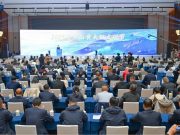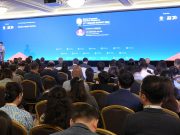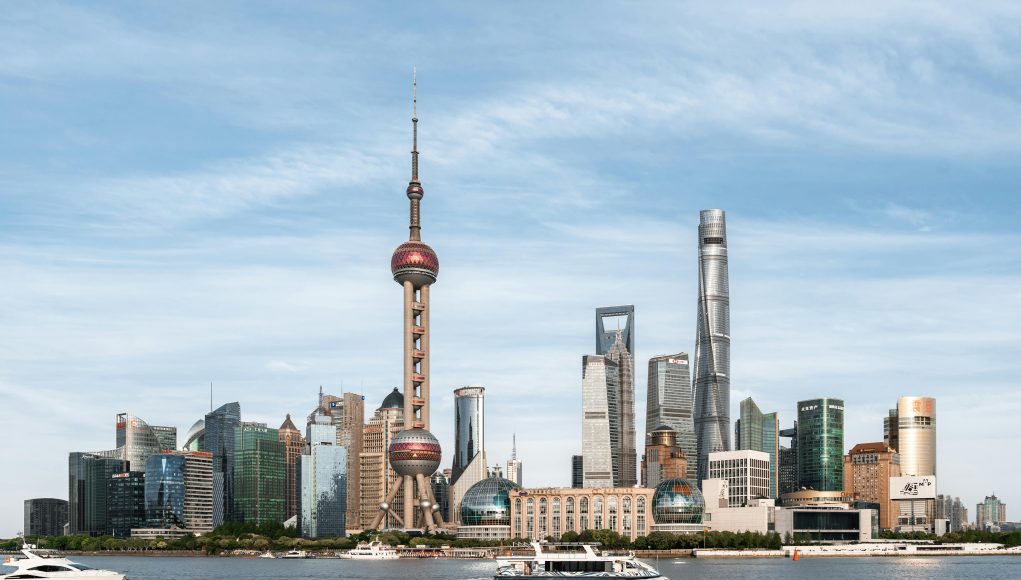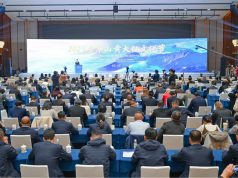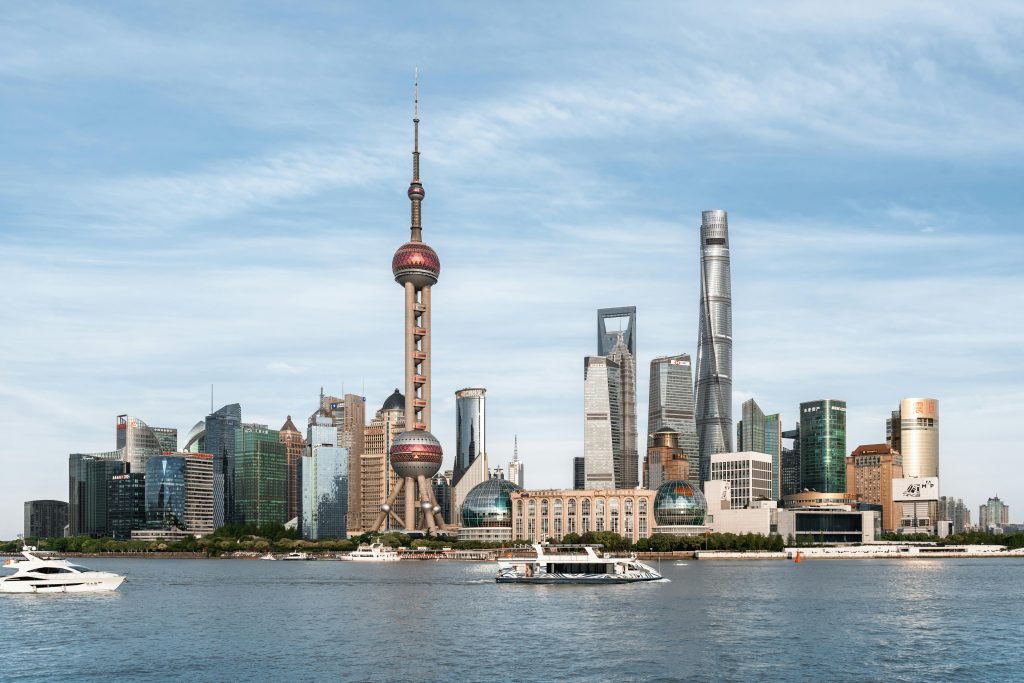
(Singapore, 20.10.2025)China’s economy grew at its slowest pace in a year during the third quarter, dragged down by weak consumer spending and a deepening property slump. But despite the challenges, Beijing remains confident it can still hit its full-year growth target of around 5%.
Official data released on Monday showed that gross domestic product (GDP) expanded 4.8% year-on-year in the July–September period, matching economists’ expectations but marking a slowdown from the 5.2% growth seen in the previous quarter.
The National Bureau of Statistics (NBS) said the economy had built a “solid foundation” for achieving the annual goal, citing strong exports and industrial output as key supports, even as domestic demand faltered.
“The bottom line is that growth is slowing, but with huge divergence,” said Ning Zhang, senior China economist at UBS. “Exports and industrial production are beating expectations, but domestic sectors like retail and investment are clearly softening.”
Retail sales — a key indicator of consumer confidence — grew just 3% in September, the weakest pace since November last year. Meanwhile, fixed-asset investment declined 0.5% in the first nine months of 2025, marking the first contraction since the early months of the pandemic in 2020.
The rare drop in investment highlights how deeply the real estate downturn is affecting the broader economy. Property investment plunged 13.9% in the first three quarters compared to a year earlier, as developers continued to struggle with debt and sluggish home demand.
Infrastructure and manufacturing — once reliable growth engines — also lost momentum. Infrastructure spending grew just 1.1% in the first three quarters, the slowest pace since 2020, while manufacturing investment eased to 4% from nearly 10% earlier this year.
Economists say these trends show that stimulus policies rolled out so far have done little to restore confidence among consumers and private investors.
Exports Shine, But Deflation Persists
The bright spot in the latest data came from industrial production, which jumped 6.5% in September, beating all forecasts and marking its fastest growth in three months. Strong global demand for Chinese-made goods has kept exports buoyant, helping offset weakness at home.
China’s trade sector has been resilient even amid renewed tensions with the United States. President Donald Trump’s administration imposed new tariffs on Chinese goods earlier this year, and has threatened to double them again from November 1. Still, both sides recently signaled a willingness to ease the pressure, lifting market sentiment.
Chinese stocks reacted positively to Monday’s data. The CSI 300 Index rose as much as 1.3%, while a gauge of Chinese shares traded in Hong Kong gained 2.3%, buoyed by hopes of improving U.S.-China relations.
Yet deflation remains a persistent risk. Nominal GDP growth — which isn’t adjusted for price changes — slowed to 3.7%, indicating that prices across the economy have been falling for ten consecutive quarters, the longest stretch of deflation in recent history.
Policymakers Face a Balancing Act
Authorities have introduced modest stimulus measures this year, including additional bond issuance and policy financing tools for infrastructure projects. However, economists are divided on whether Beijing will ramp up support before the end of the year.
“Q4 will be structurally different — heavy in investment and light in consumption,” said Tianchen Xu, senior economist at the Economist Intelligence Unit. “Negative investment growth is not something policymakers want to see, so we can expect more targeted public spending.”
For now, officials are signaling patience and a focus on stability. The NBS said the government would continue to roll out “proactive and impactful” policies to stabilize employment, enterprises, and expectations, while promoting “high-quality development” for sustainable growth.
Analysts say China’s ability to stay near its 5% growth target is symbolically important for President Xi Jinping, as it signals resilience despite mounting global headwinds and domestic challenges.
“Many thought China would miss the 5% goal no matter what,” said Dan Wang, China director at the Eurasia Group. “But this performance shows Beijing can still withstand U.S. pressure and internal weaknesses — at least for now.”
Five-Year Plan Under the Spotlight
The latest economic report comes at the start of a pivotal week for China’s leadership. Top Communist Party officials are meeting in Beijing from Monday to Thursday for the fourth plenum, where they are expected to lay the groundwork for the country’s 15th Five-Year Plan.
The upcoming blueprint is expected to emphasize high-tech manufacturing and innovation as China seeks to reduce its reliance on the property sector and exports, while staying competitive amid intensifying rivalry with the United States.
Investors are watching closely to see whether the meeting produces concrete measures to boost domestic consumption, a shift seen as crucial for addressing China’s structural imbalances. A full version of the five-year plan is expected to be finalized by March 2026.
The week also includes a planned meeting between U.S. Treasury Secretary Scott Bessent and Chinese Vice Premier He Lifeng in Malaysia, as both sides prepare for a possible leaders’ summit later this month.
Despite a turbulent global backdrop, China’s economy remains on track to meet its headline target, supported by strong exports and government-backed investment. But the slowdown in consumption and private investment underscores the long-term challenges ahead.
As the world’s second-largest economy navigates weak confidence, deflationary pressures, and an aging population, the government faces growing pressure to pivot toward a more balanced and sustainable growth model.
For now, Beijing insists it can keep growth steady — but the numbers suggest the road ahead will be uneven.


